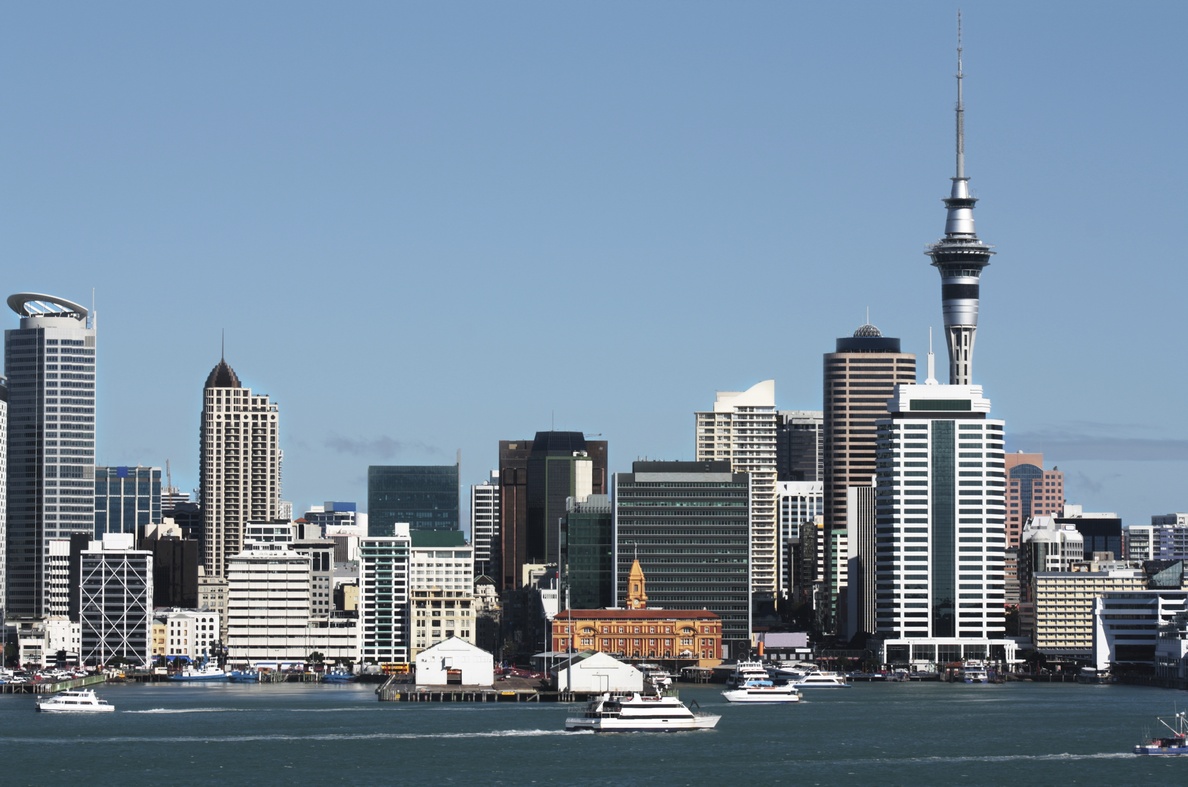Auckland regional household labour force survey: quarterly overview June 2020
Author:
Ross WilsonSource:
Auckland Council Research and Evaluation Unit, RIMU | Statistics New ZealandPublication date:
2020Topics:
EconomyAn overview of labour force participation in Auckland, as indicated by results of Statistics New Zealand's quarterly Household Labour Force Survey. HLFS
Overview and highlights
Note: The March 2020 quarter included just over a week of Covid-19 lockdown (levels 3 and 4), so mostly reflected pre-lockdown conditions. The June 2020 quarter included all four levels of Covid-19 lockdown.
For the quarter ended June 2020 compared to preceding quarter (not seasonally adjusted):
- Number employed fell by 9,600, and population (aged 15+) rose by 5,800.
- However, the overall unemployment rate was 4.0%, significantly lower than the previous quarter (4.8%).
- Instead there was a significant decrease in labour force participation rate (71.0% to 69.3%), and corresponding increase in numbers “NILF” (not in the labour force).
- Available but not seeking work rose by 6.600, similar to the fall in unemployed.
- Also, weekly hours worked fell by 0.8% to 37.7 (average of full and part-timers).
- The NEET (not in employment, education or training) rate for youth aged 15-24 was 12.4%: below the preceding quarter (16.3%), and above a year earlier (8.7%).
Over the year ended June 2020:
- The unemployment rate overall averaged 4.3% in the year ended June 2020, similar to 4.1% in the year ended June 2019 and among the lowest annual rates since 2008.
- The unemployment rate among those aged 15 to 19 averaged 16.3%, slightly lower than 18.9% a year prior (and still well below the peak of 30.9% in 2011).
- The unemployment rate for females of all ages averaged 4.7%, similar to 4.4% a year prior, while the unemployment rate for males averaged 3.8%, similar to 3.9% a year prior. The gap between males and females (0.9%) has narrowed significantly compared to its peak in the year ended June 2015 (2.5%).
- Unemployment rates among Māori (7.7%) and Pacific people (7.6%) were both similar to a year prior (8.2% and 8.4% respectively), and remained higher than European (3.1%) and Asian (4.4 %) ethnic groups.
- The labour force participation rate overall averaged 70.3%, similar to 71.0% a year prior, which was the highest-equal ever (since at least 1986).
- The labour force participation rate for females averaged 65.5%, still well above the trough in 2003 (57.2 %), but below the rate for males (75.3%).
- The labour force participation rate for people aged 20-24 averaged 76.7%, still well above the trough in 2013 (67.2%), but still lower than the June 1998 peak (83.0%).
Overview published August 2020
